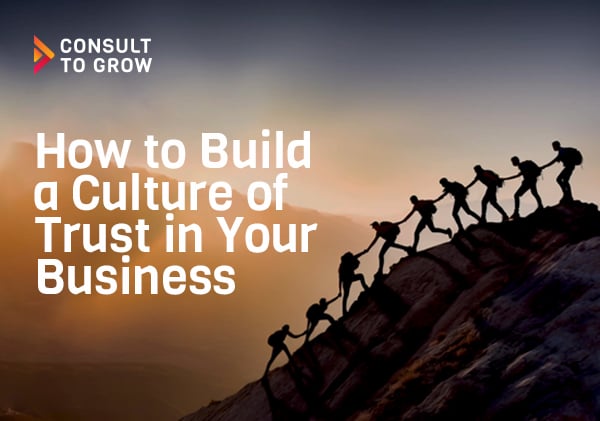
How to Build a Culture of Trust in Your Business
Trust is the foundation of strong leadership and a thriving business. If you want to lead your business with strength and integrity into a flourishing future, you need to start and end with trust.
How do you build a world of work where your company’s employee retention is much higher and longer? I’ve been asking myself this question since my last visit to New Orleans. One of the small joys of my New Orleans visits is seeing Mrs. Kathy, who has worked at Criollo Restaurant in the Hotel Monteleone for over fifty years. Kathy is still about 30+ years short of the world record holder Walter Orthmann, who worked for the same company for 84 years and nine days. If you are ever in New Orleans on a weekday, please drop into the Monteleone for breakfast and say hello for me! Kathy’s tenure at the Hotel Monteleone brings us back to the question… how do you build a world of work where employees stay with us much longer?
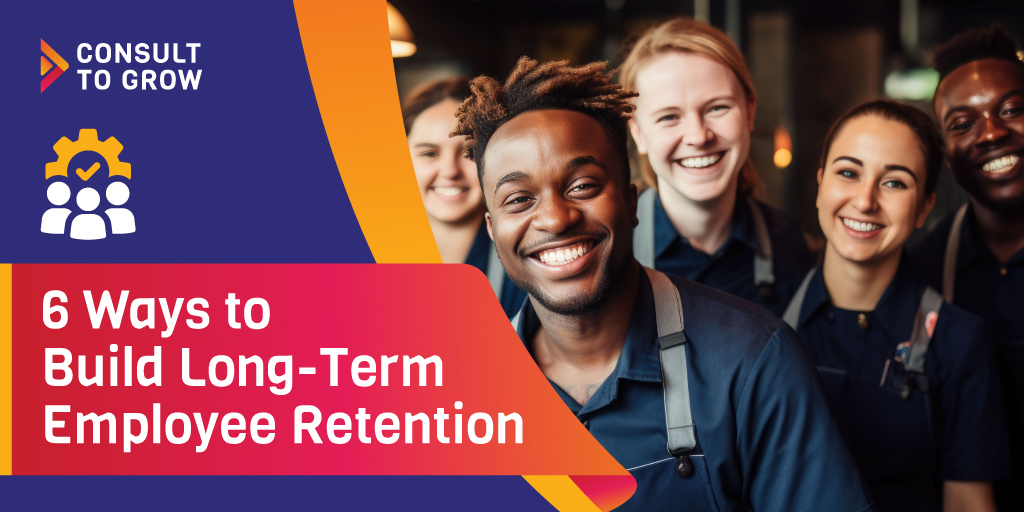
Here are my thoughts. If you want long-term employee retention, you need to build long-term places to work, align people strategies with the future of work, and balance the human and technology experience. Let’s explore these thoughts in more detail:
Ask yourself, what business decisions would you make if we were building your business and its culture for the next 50 years instead of the next five months? Long-term culture sets the stage for long-term companies, which, like the Hotel Monteleone, have higher employee retention. To be long-term oriented, practice two key strategies: ensure effective leadership at all levels and take a long-term perspective.
1. Build Effective Leaders at Every Level: Strong leadership (that leads by example, communicates transparently, and addresses employees’ feedback) is essential for running your business in a way that cultivates long-term employment. Unfortunately, businesses have made it routine to forge leaders through a trial-by-fire process, causing employee retention impairments. Those well-meaning but under-prepared leaders are tasked with managing people who can often turn over quickly. The winners will invest more time, money and resources in creating effective leaders for their long-term future. [Read about our Restaurant Leadership Accelerator Program]
2. Take a Long-Term Perspective: Consider a long-term perspective in decision-making and strategy development without sacrificing adaptability and innovation. Avoid short-term thinking that may sacrifice long-term employee engagement and retention. At the same time, encourage creativity, new ideas, and adaptation to changing market conditions. Put simply, some things need to be timeless, and others need to be timely. The ability to take a long-term perspective is a trait that shows up in many of the companies I admire the most.
If you want to be competitive, you have to be different. In businesses where customer experience is essential, then so must employee experience. Executives often see people as a problem to solve rather than the solution to the complex world in which they do business. Meanwhile, HR teams focus on compliance and firefighting to the detriment of strategy. When a strategic opportunity emerges, it’s often addressed through safe best practices. The businesses where employees work longer will align their people strategies with emerging trends and opportunities and listen deeply to the employee experience to adapt people strategies more quickly.
3. Build both a discovery and delivery muscle: I will paraphrase former Panera CEO Ron Shaich here: We often focus less on discovery and more on delivery. We care less about ‘what could be’ and more about protecting ‘what is.’ Protecting ‘what is’ makes it harder to do something new and causes organizations to lose differentiation. If your people strategy is an afterthought or an amalgamation of benchmarks, you’re softening your competitive edge to get and keep the best people. Lean into emerging trends and opportunities… skate where the puck is going more often.
4. Listen deeply to the employee experience: To adapt and deploy effective business strategies, you must listen to your people at each stage of their employee lifecycle to create personalized experiences and quickly address concerns. Much like businesses are carefully measuring and managing the customer experience, we should do the same for employees from when candidates look at your job opening to when they leave your company. We need to listen and adapt more quickly to address employee turnover before it happens.
The world of work continues to constantly evolve and become more complex, requiring workforces to be more agile than ever. We must carefully navigate technological advancements to build a long-term workforce while prioritizing the human experience. I predict the need to reskill & upskill workers for the future will diverge between QSR/Limited Service and Upscale/Fine Dining. Quick-service and limited-service restaurants must embrace automation, self-service & third-party transactions. Upscale and fine-dining establishments need to emphasize craftsmanship and personalized experiences. Everyone has to focus on reskilling & upskilling managers to lead effectively.
5. Balancing human and technology experiences: From digital ordering kiosks to back-of-house automation, restaurants streamline operations and enhance efficiency. The challenge lies in striking a balance between the convenience of technology and personalized human interaction for both the customer and the employee experience. In my previous writing for Modern Restaurant Magazine, I delved into how technology might reshape restaurant management. The critical takeaway remains relevant: we must embrace technology while ensuring it complements rather than replaces the human experience. [Read: How Technology Will Shape the Future of Restaurant Management]
6. Embracing Craftsmanship and Human-Centric Experiences: Long-term companies, especially in full service, should look for ways to double down on craftsmanship, creativity, and human-centric experiences. The positive tension to automation might be journeyman-style learning programs where we create skilled tradespeople who can host, serve, cook, etc. Programs that foster a culture of continuous learning and skill development will better enable staff to provide rich, personalized experiences to guests. While technology should enhance efficiency behind the scenes, we have to maintain and build the artistry, hospitality and attention to detail that only humans can deliver.
In a world of change, companies that want to build long-term workforces will become excellent at developing workforces that can adapt ahead of those changes. The future of work is building the capability to constantly upskill and reskill the workforce to blend technology and an unwavering commitment to excellence in a way that aligns values and creates pride in the world of work.
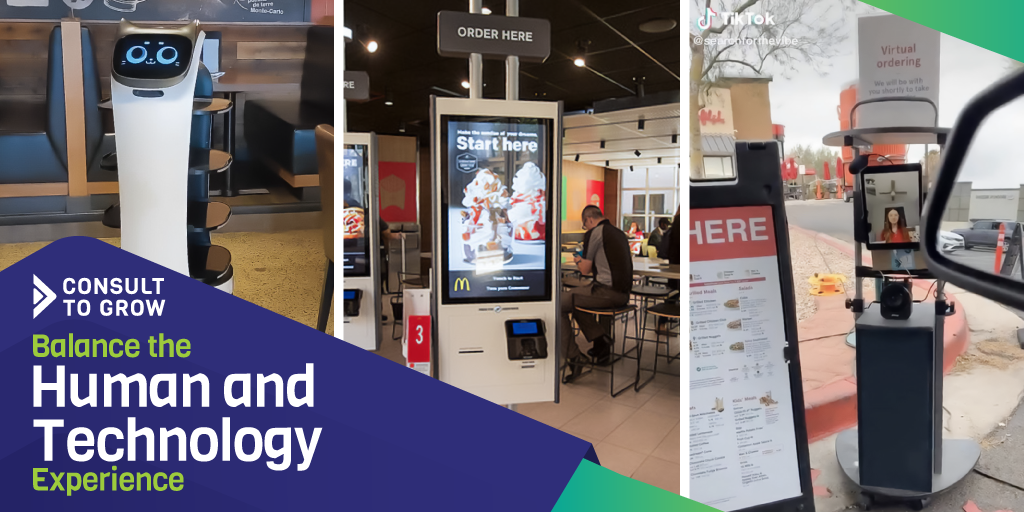
The quest to build a world of work where companies retain employees longer requires a multifaceted approach that includes a long-term business culture, thoughtful people strategies, and a balanced human-technology experience. Cultivating a long-term culture entails making business decisions with a forward-looking perspective, emphasizing effective leadership, and adopting a strategic mindset that values longevity over short-term gains. Aligning people strategies with the future of work involves deep listening to the employee experience, embracing discovery alongside delivery, and personalizing employee interactions throughout their lifecycle. Additionally, balancing technology-driven efficiency and human-centric experiences is crucial, particularly in navigating the complexities of evolving work dynamics and the need for reskilling/upskilling. Ultimately, organizations that invest in these principles will foster long-term employee retention and adapt and thrive in a dynamic and ever-evolving business landscape.
Consult to Grow® provides various tools and services to help you develop people strategies to grow your team. We can expertly assess your HR infrastructure, develop custom Employer of Choice strategies, facilitate leadership meetings and retreats, help you design bonus and incentive programs, and design managing partner programs. Ready to get started?

Trust is the foundation of strong leadership and a thriving business. If you want to lead your business with strength and integrity into a flourishing future, you need to start and end with trust.
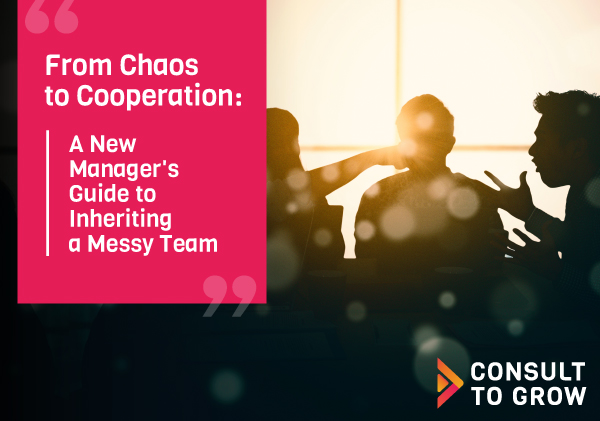
Stepping into a leadership role can be exciting, but what if the team you inherit is a complete mess? You didn’t make the mess, but
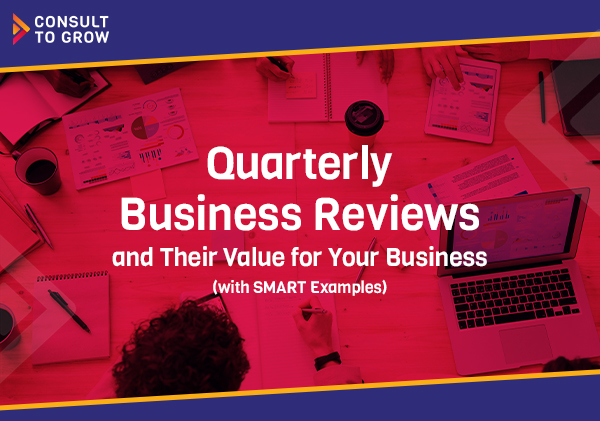
What Is a Quarterly Business Review (QBR) & Why Does Your Business Need One? Running a business is demanding. As a business owner or founder,